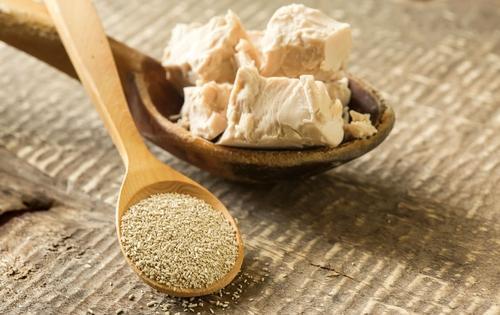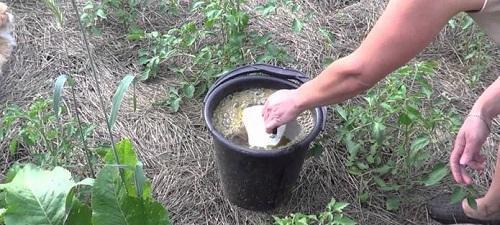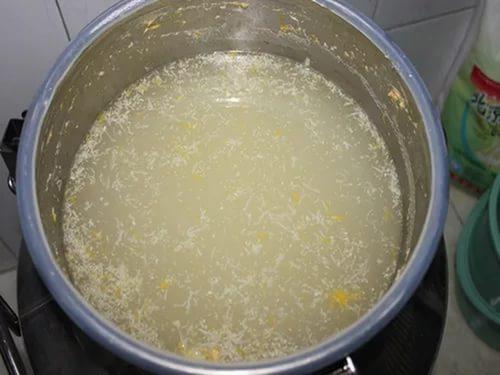Yeast as plant fertilizer: how to apply
Most gardeners, gardeners and flower growers use natural remedies to fertilize their "wards", giving them preference over the so-called chemistry. One of these products is common baker's yeast. Due to its rich composition and the presence of active yeast fungi, after the introduction of such fertilizer into the soil, the process of organic decomposition is accelerated. In turn, the soil is quickly saturated with nutrients necessary for the growth of crops.
The effect of yeast dressings on plants

Yeast is an excellent alternative to mineral fertilizers, besides, they are much cheaper, and the effect of application is the same. So, under the influence of yeast dressings:
- potassium, nitrogen and other elements that play an important role in the development of plants enter the soil;
- the growth of deciduous and root mass of crops is accelerated;
- in adult plants, disease resistance increases;
- crops more easily tolerate climatic features, for example, lack of lighting in winter;
- seedlings become more resilient and grow faster;
- rooting of cuttings during reproduction is activated.
Yeast can be used to feed almost all types of crops (from garden plants to flowers), regardless of where they are grown - in the open field or indoors. The exceptions are potatoes, onions and garlic, as this leads to the fact that the crop becomes loose and poorly stored.
Ways to use yeast

How to prepare fertilizer for plants from yeast and how often can you water the plants with it? For nutritional infusion, you can use yeast in any form:
- Dry yeast... Pour 10 g of yeast and sugar (60 g) into a bucket of water (slightly heated). Mix well and let it brew in a warm place for about two hours. Before use, dilute the liquid in a 1: 5 ratio.

- Fresh yeast... To prepare a concentrated solution, dilute yeast in water in a ratio of 1: 5. Dilute the finished concentrate with water (10 parts) before use.

It is necessary to water the plants under the root with a yeast solution, slightly stepping back from the stem. The ground around should be still damp from the previous watering. It can also be used for rooting cuttings (keep the cutting for 24 hours).
When processing seedlings of plants, the first watering must be done 7 days after planting it in the garden, and the second before flowering.
Yeast dressing in the open field should be done only after it has warmed up well, since yeast loses activity in cold soil.
It is enough to use such fertilizer once a month, that is, a maximum of 2-3 additional fertilizing per season. This amount is quite enough to provide plants with useful elements. However, it is worth considering that potassium and calcium leave the soil during fermentation, therefore, after watering with a yeast solution, it should be demolished ash.